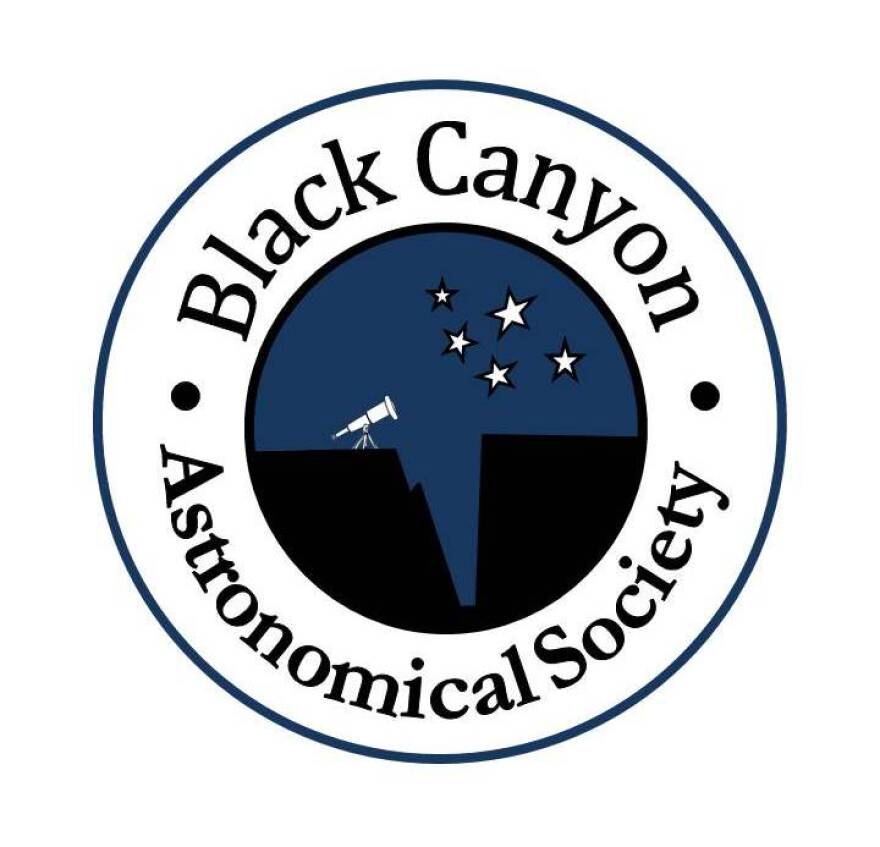With the onset of autumn, the natural scenery changes. From the vibrant fall leaf change at Black Canyon National Park to the changing constellations up above, autumn brings new perspectives. And, as night falls earlier and earlier, we are given an extended opportunity to appreciate these newly-risen constellations.
What are the constellations, and how did they originate? Unlike other objects, like planets or stars, constellations are completely human-made. A long, long time ago, humans looked upward and began seeing shapes and patterns in the twinkling stars above. We gave these shapes names and, often, stories as well. We placed our experiences, traditions, and morals – our culture – into the night sky. There is evidence all over the world, from the Americas to China, Siberia to Africa, of humans from all cultures creating these shapes, or constellations.
In 1930, the International Astronomical Union created a definitive list of 88 constellations, which covers the entire night sky. These official constellations were a way of unifying astronomers around the world and creating an all-encompassing map of the night sky. If you pick up a planisphere or star chart today, these are the constellations you will see. Every other shape ever created in the stars is now called an asterism.
Look for Ursa Major, or the Great Bear, low in the northern autumn sky. In America, we recognize part of this constellation as the Big Dipper. It is known as a camel in Egypt; a moose in Siberia; a plow in England; and a wagon in many parts of Europe. Ursa Major is the official constellation name, uniting all of us under one sky. The asterisms, or local names, on the other hand, celebrate the diversity in each of our perspectives.
If humans ever leave our solar system, the constellations will not look the same. To us on Earth, they appear a flat dome. But in 3D, the stars in each constellation are not close together. At the Black Canyon, each overlook offers a different perspective of the canyon. From other planetary systems, the perspective changes as well, and the night sky might take on new shapes with new meanings. But only if we are there to perceive them.

Western Slope Skies is produced by members of the Black Canyon Astronomical Society. This episode was written and recorded by Austin Tumas, Park Ranger at Black Canyon of the Gunnison National Park.



